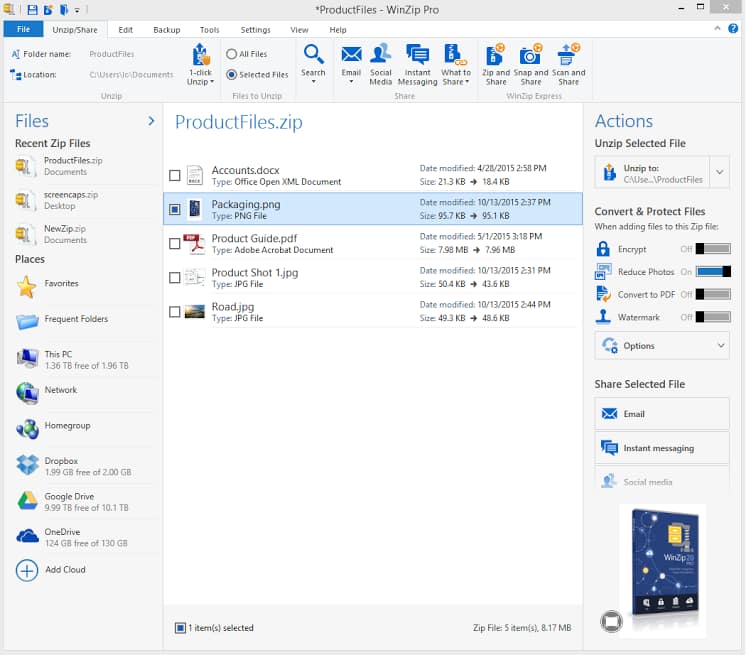Ka3ebe asked the Utilities forum for a way to copy all of the .txt or .jpg files on a computer to a particular folder.
Rather than double-clicking each.zip file (which most of the time creates folders for each file extracted) you can run a command from the Terminal which will extract all the files in to the same directory. Open Terminal and navigate to the directory where all the zip files are stored. 'cd' to the directory. How to compress files and folders on Mac. Launch Finder and simply choose the file/folder you wish to compress. Right-click the item and choose “Compress” option from the context menu. This zipped file Mac user would find in the same folder as the original, but with.zip at the end. How to zip multiple files on Mac.
- MacMost forum question: How Do I Extract Files From Multiple Sub-folders and Put In a Single Folder? I have copied all the Attachments under Messages from my Library to a new folder. With Attachments, there are many sub-folders and sub-sub-folders, etc.?.
- Open the folder using Finder, then type a single space into the search field at the top right. This will open the search options, which will default to “This Mac” (i.e. All files and folders on the computer). Click the name of the folder from which you want to extract files, which will be alongside.
- In any cell, enter the folder address of the folder from which you want to list the file names. In the cell where you want the list, enter the following formula (I am entering it in cell A3): =IFERROR (INDEX (GetFileNames ($A$1),ROW -2),') Copy and paste the formula in.
I’ve got two ways to do this. One uses familiar, Windows-based drag and drop methods. The other harkens back to the dark days of DOS, but it still works in all versions of Windows.
And the difference isn’t only one of user interface. The drag-and-drop method will put all of the files in the same folder. The DOS-like command line approach will preserve the folder structure of the original source. In other words, if you’re copying these files to D:mydocs, the first method will place every file in the D:mydocs folder; the second method will place the files in subfolders of D:mydocs.
Mac Extract Files From Multiple Folders Excel
Let’s start with the drag-and-drop method: Using Windows Explorer (or File Explorer in Windows 8), navigate to your root location—the drive or folder containing all of the files you want to grab. That might be your Documents folder, or it might be C:. Once there, click the search field in the upper-right corner and type your search criteria. If you want to copy all files with a particular extension, type *., followed by that extension. For instance, *.docx.
How To Extract Files From Multiple Folders At Once Mac


Windows (File) Explorer will then display every file with that extension in your current location and its subfolders. Once the files are visible, press Ctrl-A to select all of them, then drag and drop them to the right location. (If you want to copy the files to another folder on the same drive, remember to hold down Ctrl while you drag and drop; see The many ways to copy, move, or delete multiple files for details.)
If you want to keep the copied files in their folder structure, you should use this command-line trick:
In Windows (File) Explorer, Shift-right-click the root location (such as C: or My Documents) and select Open command window here. This will bring up a black command-line environment that may seem nostalgic if you’ve been computing for more than 20 years.

Once there, type the command:
xcopy *.ext destination/s

where ext identifies the type of file you want to copy, and destination where you want it copied to. For instance, to copy all of your *.docx files to D:alldocx, type xcopy *.docx d:alldocx /s.
This technique, unlike the others, will maintain the folder structure as it copies the files.
Read the original forum discussion.